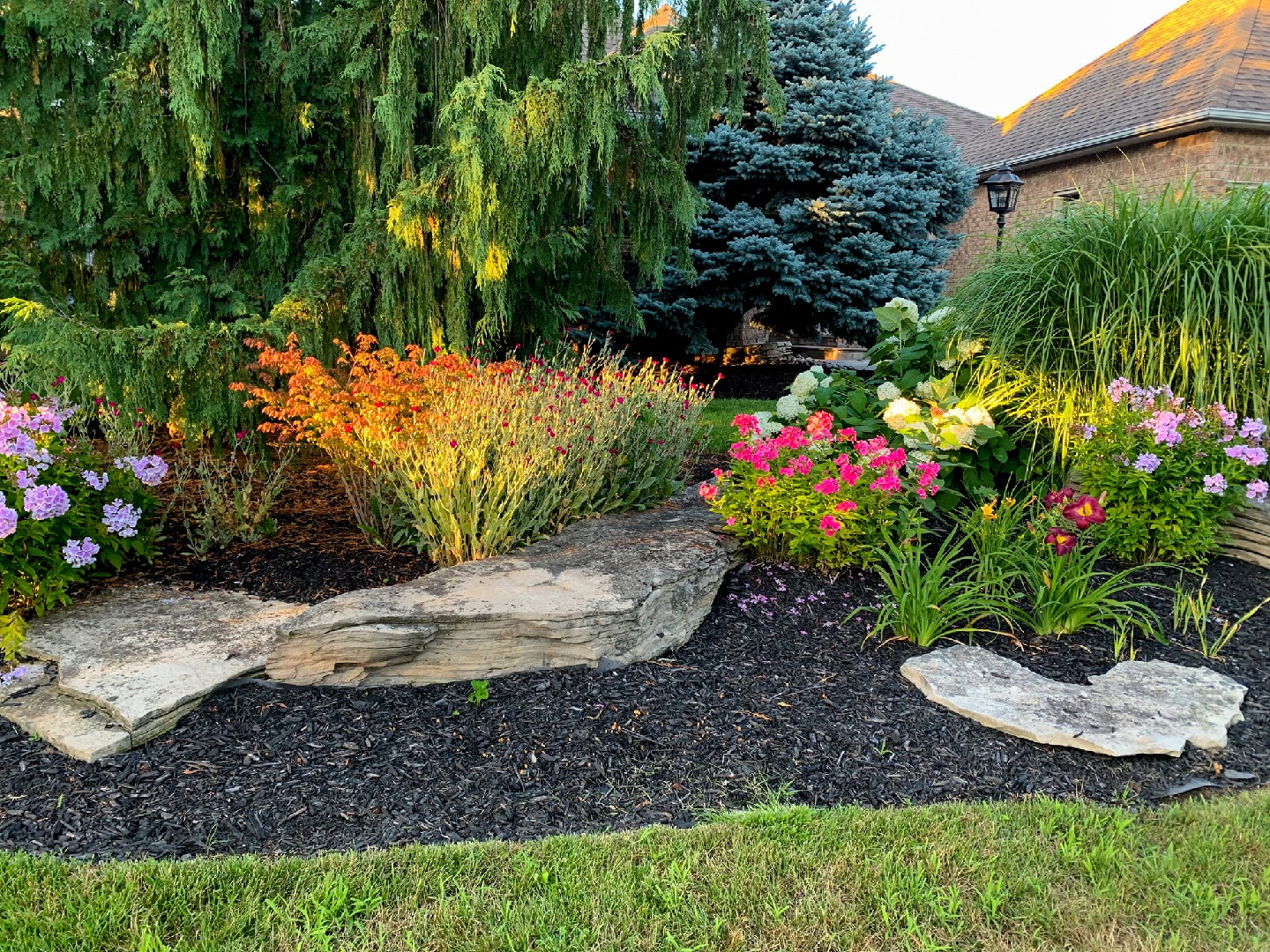![Rectangle]()
Exploring Variety in Landscape Design
Variety is a crucial concept in landscape design that brings interest, beauty, and harmony to a garden. By incorporating different elements and features, you can create a balanced and visually appealing outdoor space. In this section, we will explore the concept of variety in landscape design and understand its significance in creating stunning gardens.
Defining the concept of variety: Variety refers to the assortment of different elements and features in a garden. It involves the use of various colors, textures, forms, heights, and sizes to create a diverse and visually stimulating landscape. By combining contrasting elements, you can create a harmonious and balanced environment that captures attention and engages the senses.
Illustrations of variety in garden elements: There are many ways to incorporate variety in landscape design. One example is through the use of different plant species. By selecting a range of plants with different colors, leaf shapes, and growth habits, you can create a tapestry of textures and hues that adds depth and interest to your garden. Additionally, you can introduce variety through the use of hardscape elements such as pathways, walls, and water features. These structures can be designed in different materials, styles, and sizes to create visual intrigue and focal points within the garden.
Significance of incorporating variety in landscape design: Incorporating variety in landscape design has several benefits. Firstly, it adds visual interest and beauty to a garden. The use of contrasting colors, textures, and forms creates a dynamic and captivating environment that stimulates the senses and invites exploration. Variety also enhances the overall aesthetics of a garden by breaking up monotonous or repetitive patterns, creating a visually pleasing and balanced composition.
Furthermore, variety contributes to the functionality and sustainability of a landscape. By incorporating a diverse range of plants, you can create habitats that attract a variety of birds, insects, and other wildlife, promoting biodiversity and ecological balance. Different plant species also have varying water and nutrient requirements, allowing for efficient use of resources and reducing maintenance needs.
To incorporate variety in your landscape design, start by assessing the existing elements and features in your garden. Identify areas where you can introduce contrasting colors, textures, forms, heights, or sizes. Consider adding plants with different flowering seasons to create year-round interest. Experiment with various hardscape materials and designs to enhance visual appeal. Remember to also consider the overall theme and style of your garden to ensure coherence and unity.
In conclusion, variety is a fundamental principle in landscape design that contributes to the beauty, functionality, and sustainability of a garden. By incorporating diverse elements and features, you can create a visually captivating and harmonious outdoor space. So, embrace variety and let your creativity flourish as you design your own balanced garden.





